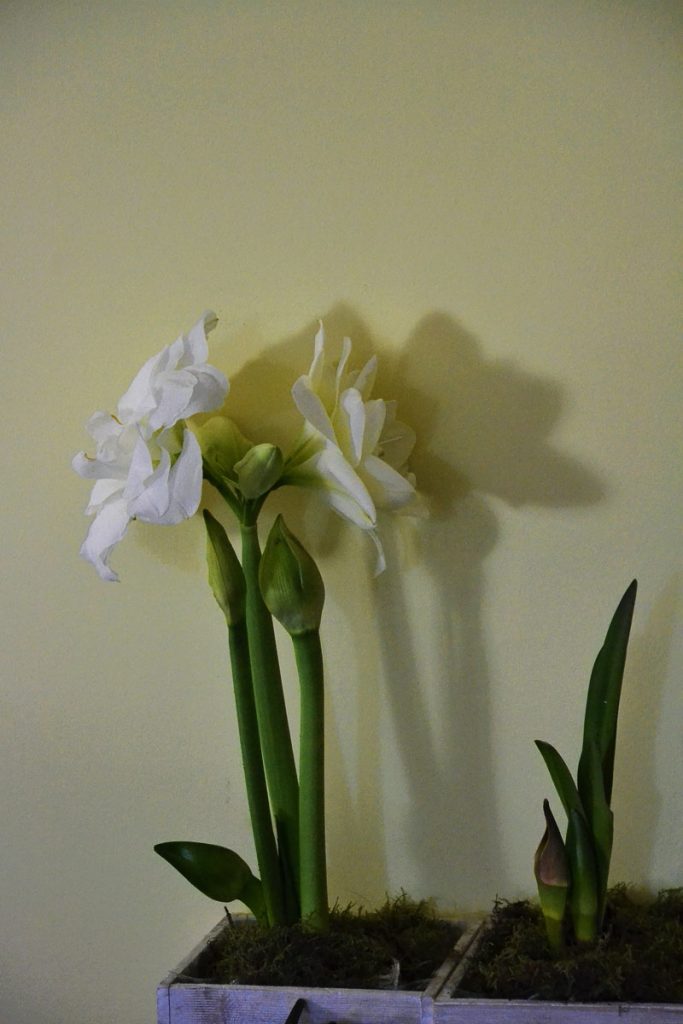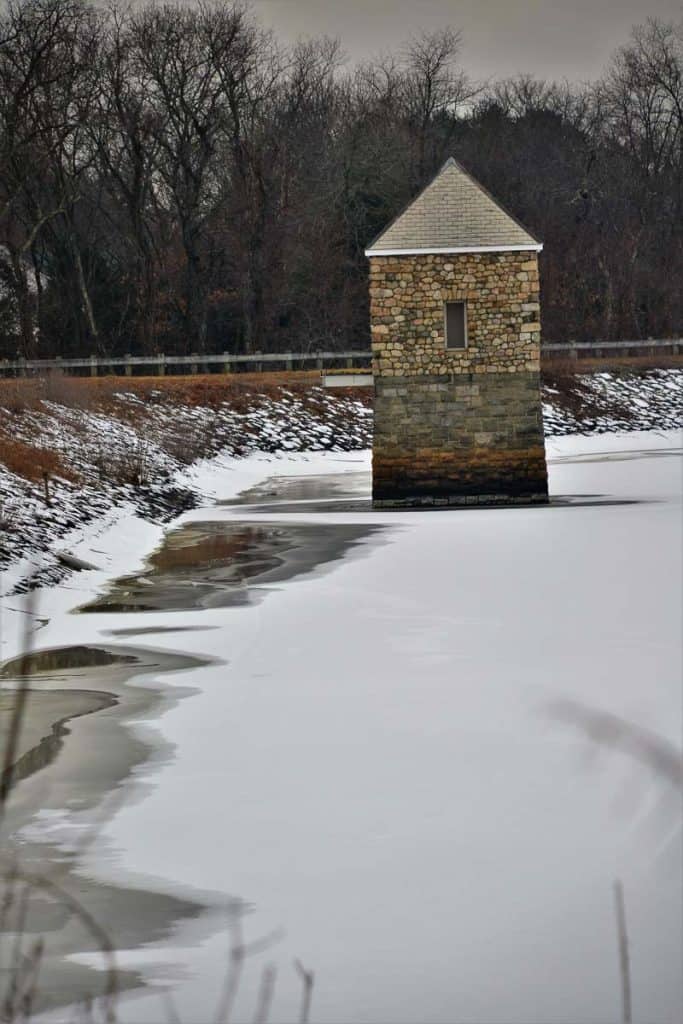Here’s what’s blooming in town this week to make your walks more enjoyable
Winter is surely set in, as the ponds have all become frozen over and most now support a thin layer of snow.
There aren’t a lot of flowers blooming outdoors in Saugus in late January, but there are a few. My pink heath mentioned in my last column is still blooming and seems quite able to stand up to the freezing temperatures, wind chill and anything else the winter may throw at it. Flower buds are coming up on the Lenten rose (Helleborus orientalis) near my front porch as well, and I hope to see it in full bloom in a week or so. Indoors, there are plenty of flowers – we have a few pots of tete-a-tete daffodils blooming and a few amaryllis (Hippeastrum spp.), not to mention a fresh bouquet of mixed carnations (Dianthus caryophyllus), roses (Rosa spp.) and Peruvian lily (Alstroemeria sp.). If we consider all the houseplants the windows can hold and some dried flowers here and there, what we may lack in blossoms outdoors can be compensated for indoors.
The amaryllis may be the most dramatic flowering bulb you can find for winter bloom indoors but also one of the easiest, since the bulbs almost always bloom without much attention, at least the first time! While they are popular gifts and decorations at Christmas, in January you can often find discounted bulbs and can easily turn your countertop into a tropical paradise! Bulbs you buy from a garden center, florist, or even supermarket, will soon send up a budded stalk which will open to four individual flowers. There are quite a few hybrid forms with flowers that may be red, pink, salmon or white, sometimes bicolor, and there are a few less common varieties that may have greenish petals and sepals with stripes of several colors. The flower stalk can be over a foot tall, or the flowers may open just a few inches from the top of the bulb. Very tall stalks may need to be staked to keep them from tipping over – if they do tip and break, you can usually still enjoy the blossoms if you cut the stem and put the flowers in a vase.
Bulbs are usually sold in a pot with the bulbs in soil, or as kits where you can plant the bulb yourself, but a fairly recent phenomenon is the waxed bulb, where the entire bulb except the growing tip is encased in colorful wax. They can bloom without water and are amazing for windowsills or tabletops where you might not want the nuisance of dealing with dirt or spilling water. Once they’ve flowered, you can usually remove the wax and pot them up to allow their leaves to develop normally, if you wish. A few people have told me they actually got their waxed amaryllis to bloom a second year without removing the wax or watering them! I was very, very skeptical.
Two bulbs from last year did develop leaves, but they did not last as long as the bulbs I had in soil and a traditional pot. After the leaves turned brown and faded, I stuck them on a shelf in the garage and wished I had removed the wax and given them a fighting chance. Once planting season was done, I was getting ready to throw them out when I glimpsed a tiny bit of green and thought I’d at least put them on the windowsill for a few weeks just in case, and I did dribble a little water into the tops. Both of them got the beginnings of leaves and now have buds! So I will report in the next few weeks if the flowers actually do materialize.
Around the same time the amaryllis flowers or soon thereafter, the bud will send up some long, strap-like leaves. The bulbs are often able to produce flowers again the following year, and often for many years to come, with a little care and not much fussing. The leaves need to get enough water and sunlight through the summer to encourage flower buds to form inside the bulb, and then the leaves turn brown and go dormant for a few months before sending up shoots again for the next season. The plants we usually call amaryllis, also known as Barbados lilies, are considered by botanists to be among the 90 species now recognized in the genus Hippeastrum, generally from South America. The genus Amaryllis currently belongs to a few species originating in Africa.
Editor’s Note: Laura Eisener is a landscape design consultant who helps homeowners with landscape design, plant selection and placement of trees and shrubs, as well as perennials. She is a member of the Saugus Garden Club and offered to write a series of articles about “what’s blooming in town” shortly after the outbreak of the COVID-19 pandemic. She was inspired after seeing so many people taking up walking






